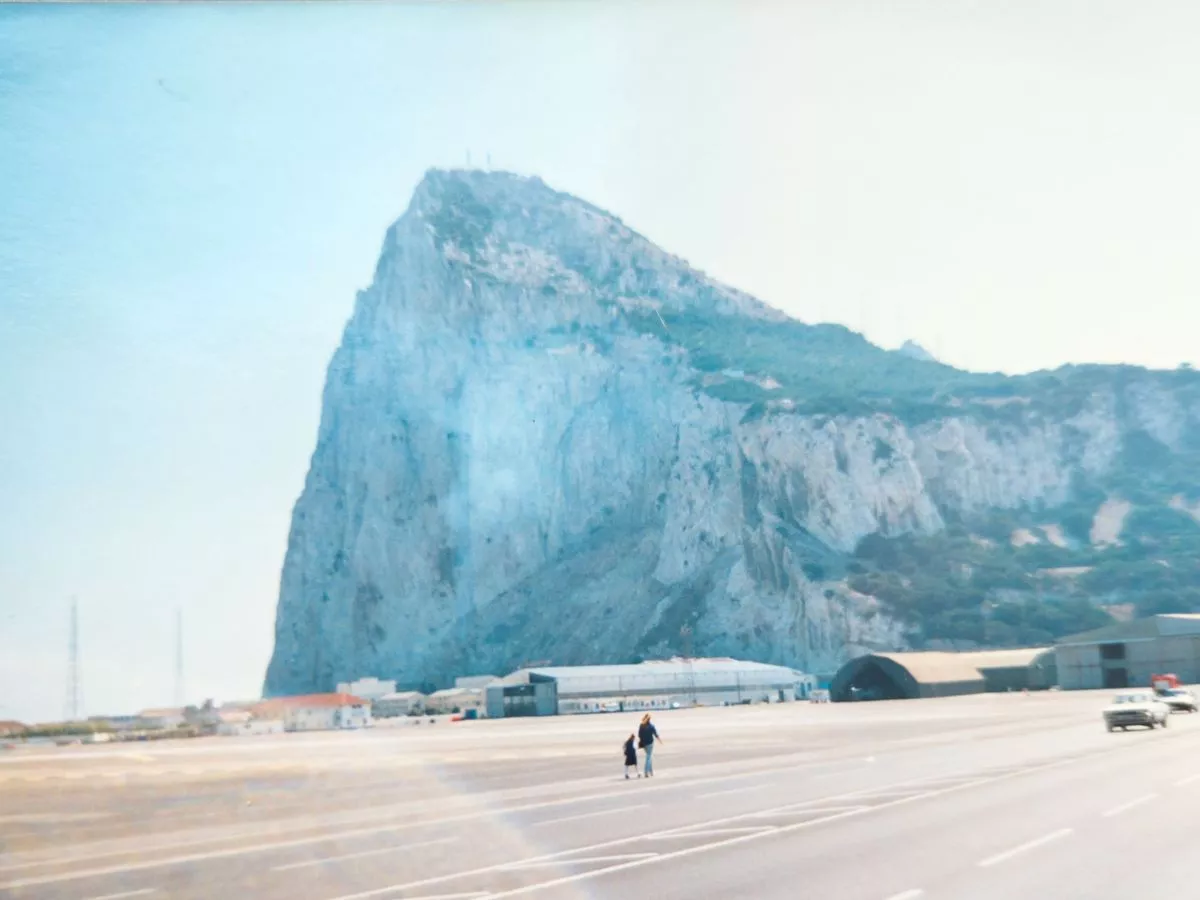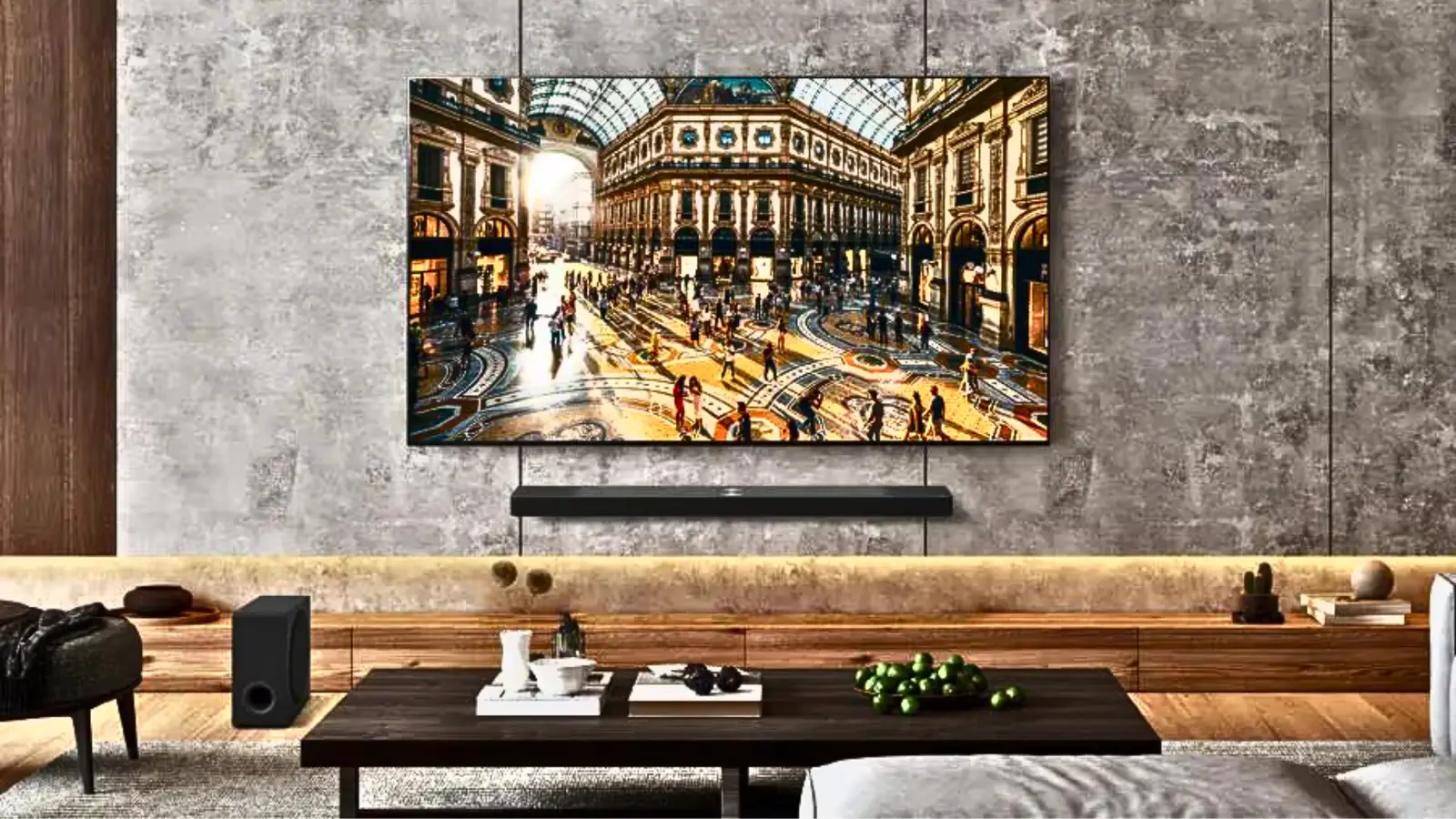Copyright manchestereveningnews

As a blind photographer, Gary Williamson is used to hearing the obvious questions. "People always laugh, you know, 'Oh Gary's blind' [...] people can't fathom that," he says. One of my obvious questions was: 'How do you know when you've taken a good photo?' Cheerfully explaining the technicalities of his editing process, which includes using magnification and zooming in on his iPad , he then gave me what was, in essence, the real answer. "Every photographer will tell you, there's a certain feeling that you felt everything was right at that moment. When you took that shot and just go, 'I think this might be right'," he says. A youth worker and a registered blind photographer , Gary's chosen paths offer a hint of his optimism and ability to make good from a bad situation. Perhaps it's the same pragmatism that enabled him to find his way out of a dire situation 35 years ago. Join the Manchester Evening News WhatsApp group HERE Now 53, Gary lives in Clitheroe with his wife of nearly 20 years. They have four children between them. But in 1990, when Gary was 18 and just at the cusp of his adult life, the life he had imagined for himself changed forever. His perfect eyesight, as he knew it, vanished over days while backpacking in Europe. Having already hitchhiked around Spain, France and Portugal, Gary found himself navigating Gibraltar's rocky terrain. "I got to Gibraltar and I was there about a week looking at picking up work and everything was good. Then about four days in, I noticed my eyesight just... the map was harder to read. And the book I was reading was harder. I thought: 'Oh, that's a bit strange.' So I carried on." Gary's eyesight continued to deteriorate quickly. After realising he could no longer read the map he was carrying, he decided to hitchhike his way back home to England. Due to his ailing eyesight, Gary spent three days sitting at the wrong wagon stop, believing he was waiting for the lorries travelling back to England. Only when he got chatting to another traveller did he realise he needed to be on the other side of the main exit. After making his way to the correct stop, he waited half an hour before a wagon pulled up and the door "flung open". "The guy says to me, 'Hi lad, do you want a lift?' I said, 'Yeah, I'm going to England,'" Gary said, explaining what had happened to his eyesight. "'No problem,'" the driver told him. "I'm from a little place called Bolton , if you know it?'" With Bolton being only a bus ride back to his family home, Gary accepted the lift and settled in for the long ride back to England. However, Gary decided to get out of the wagon in Manchester as he had a friend studying at the university and had a vague idea of how to find his house. The next morning, his friend helped him return to Clitheroe on the train. When he got home, he explained to his mum he'd had to come back as his eyesight had suddenly gone. It was then that Gary's mum told him that it sounded like a similar thing that had happened to his uncle. After spending three weeks at Blackburn Hospital, this hereditary condition was confirmed as Gary was diagnosed with Leber Hereditary Optic Neuropathy (LHON). Leber Hereditary Optic Neuropathy (LHON) is a rare, inherited genetic condition, usually affecting young men. It causes optic nerve cells to die, leading to progressive, painless, and often severe loss of central vision, crucial for reading, driving, and recognising faces. After the initial shock of coming to terms with being visually impaired for the rest of his life, Gary's natural pragmatism soon took over. Before travelling, Gary had not long been out of education. Now finding himself with a disability at age 18, he became frustrated by the lack of opportunity to do things for himself back at the family home. Gary said: "I've always pushed myself. Immediately I pushed myself to move out of home because I felt I was being overly supported." He added: "I was told, 'Oh, you can't even wash up anymore, because you might cut yourself on a knife.' And I thought, 'I'm not having that.'" After moving out of his family home, Gary became a lodger for a while before eventually getting his own place through the council. Before travelling, he had enrolled at art college, where he enjoyed drawing with charcoal, which he took up again. "I could still see charcoal rather than pencil," Gary said. "It was like looking at the light and dark. And that's probably what has led to me being very strong with black and whites." In 2006, Gary bought his first digital camera, which he found relatively straightforward. Gary said: "It did everything for me. It was literally like your phone now, point-and-shoot. But did absolutely everything I needed it to do. And then I'd put that into my computer at the time." A large computer monitor helped Gary to make out the images he had taken. "Wow, I can see something a little bit," he remembered thinking. Adding: "I could just start to make out shape and form and stuff on the screen. And I thought, 'Well, that's really cool that, I enjoy that.' And over time, somebody'd say, 'Oh, that's a nice shot that.'" Over time, and with the advancement of camera technology and AI, Gary has found himself able to do more with his photography. He said: "As cameras have got better, even just in the last five years, the autofocus being able to pick a person out, that's really supported me and really helped me." Gary's new camera, which incorporates artificial intelligence, has been turning heads while allowing his craft to flourish. "Getting hold of the Sony camera that has the speaking screen, it just opens up a new world," he said. "It literally just talks. So if I want to check my shutter speed, before I used to have to move dials. So I knew if I moved the dial all the way one way [...] I would know what shutter speed I'm at. Whereas this, it can just tell me straight away what the shutter speed is at." Gary also uses a special eyeglass to help him compose his photos. "You're on the streets of Manchester with your eyeglass and people are looking at you going, 'What are you doing?'", he said. "It looks like you're sniffing the camera or you're doing something. And they look at you quite strange. "Whereas having a talking camera, people go, 'That's pretty cool. Did your camera just talk?'" With the help of Sony Europe, Gary has launched a new photography collection, Through Their Lens. The collection aims to showcase how innovation can make photography accessible to people who are blind or partially sighted. As a blind photographer, Gary is sensitive to the stigmas and prejudices surrounding blind people. He describes himself as partially sighted, but says he's started to use the term visually impaired a lot more. "I think a lot of people have a misunderstanding and think 'blind' just means can't see anything," Gary said. "That's only a very small percentage of people. And, you know, eyesight issues are one of the biggest disabilities going. "Where for me, it's specific. I can't drive, I can't see my children play football, I can't just watch a telly normally. All these things are cut off to me. "So when people go, 'Oh, well you can see a bit,' you think, 'Well, there's a lot missing because I can't see.'" Gary describes how he sees the world with his limited vision: "If something's low contrast, then it could be very near to me and I'd just not see it. I've nearly walked into people before because they've been dressed in the same colour as the background." Adding: "My kids used to dress up as the same colour as the settee and see if they could sit next to me and hide. Whereas, the difference would be if I was ice skating and somebody was wearing fully black, then I'd see that. Not not necessarily what you'd call a person, but I'd see a blur from a further distance." The prominent use of silhouette in Gary's black-and-white photography helps us grasp the importance of strong contrast in his own day-to-day experience of the world. Due to the ease with which Gary can get to Manchester, he does much of his street photography while walking around the city. He also travels further afield to London, Glasgow, and Edinburgh to take his photographs, as well as his native Lancashire and other northern cities like Leeds. Gary adds: " For a lot of my self-portraits, I'll just go out at night and get some around where I live." While the circumstances around Gary's loss of vision at 18 are shocking, they set the tone for a life and photography career which defy expectations. It was being plunged into a situation where he had to rely on his wits and courage to find his way home that showed him he would be able to adapt to his blindness. Gary said: "I still say to myself every day, if you can get on from Gibraltar in 1990 with no cash machines, no phone, and a map that you can no longer read then you can do anything." You can learn more about Gary's photography on his website or by follow him on Instagram .



